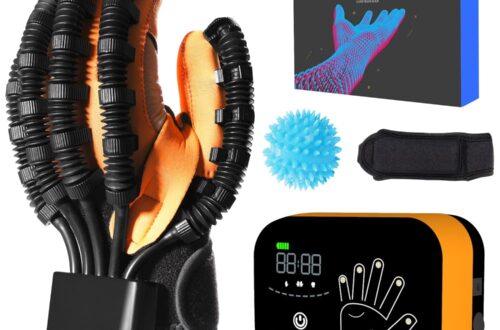A stroke is a major medical incident that impacts both the physical and cognitive aspects of life. Life after a stroke undergoes profound changes due to disruptions in the brain’s communication networks. The affected area of the brain determines the extent of these changes. One area particularly susceptible to functional disruptions post-stroke is the part responsible for cognitive skills, encompassing thinking, memory, and perception.
How A Stroke Disrupt Thinking
Damage from the frontal lobe affects thinking. This part of the brain is significant for planning, making decisions, and solving problems. A stroke in the frontal lobe can lead to trouble starting tasks, making quick decisions without thinking, and challenges with thought organization or flexibility.
The parietal lobe processes sensory information and aids spatial reasoning, navigation, attention, concentration, and abstract thinking. A stroke in the parietal lobe may interfere with understanding space and navigating around, attention, and concentrating. The damage may also cause challenges with doing calculations or thinking about abstract things.
On the other hand, when a stroke impacts areas like Broca’s and Wernicke’s, it can cause speech-related challenges, leading to difficulty understanding speech, aphasia, verbal expression issues, trouble finding words, and impaired grammar.
How A Stroke Disrupts Memory
Damage to the hippocampus, crucial for memory storage and retrieval, from a stroke can result in amnesia, short-term memory impairment, difficulty learning and retaining new information, and disrupted memory retrieval pathways. This disruption, caused by damage to pathways connecting different brain regions, makes it challenging to access stored memories despite their intact nature.
How A Stroke Disrupts Perception
Perception is the brain’s process of interpreting and making sense of sensory information from the environment. It shapes your awareness and understanding of the surrounding world and experiences. A stroke disrupts the normal functioning of brain regions responsible for processing sensory information, leading to challenges in accurately interpreting and making sense of sensory input. The dysfunction affects your awareness and understanding of your surroundings.
For example, damage to the visual processing areas may result in visual impairments, such as hemianopia or visual agnosia, impacting how you perceive and recognize objects or the environment. Similarly, the stroke may affect other sensory processing areas, causing disturbances in the perception of touch, pain, temperature, and spatial relationships.
Navigating Life Post-Stroke With Cognitive Impairment
The brain is remarkably plastic. It can adapt and reorganize communication networks throughout life. While damaged brain areas cannot be directly repaired after a stroke, the brain can compensate by strengthening existing connections and forming new ones. Thus, it is possible to recover lost functions or develop compensatory skills with proper rehabilitation techniques.
Examples of rehabilitation therapies include:
- Neuropsychologically targeted therapies – retrain and strengthen neural pathways, improving memory, attention, and problem-solving skills.
- Occupational therapy – helps regain skills necessary for daily living, like dressing, eating, and mobility.
- Speech-language therapy – improve communication abilities affected by aphasia or other language impairments.
- Physical therapy – addresses motor deficits and improves balance and coordination.




